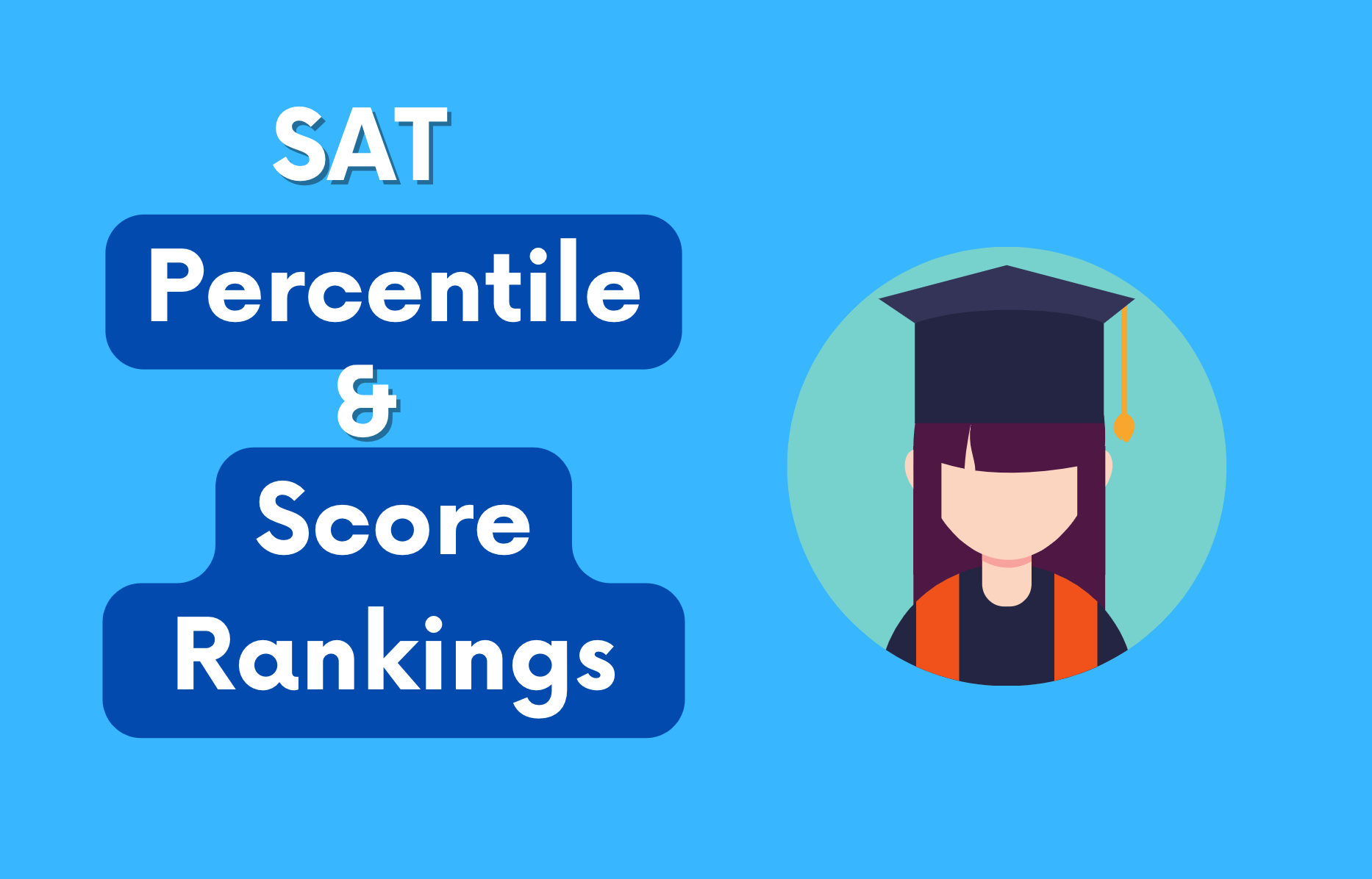Find Out Which Colleges Superscore the SAT and Why It Matters
Author
Phoenix Wilder
Date Published

Your SAT scores are a critical component of your college application, especially as the college admissions process becomes more competitive every year. With thousands of applicants vying for limited spots in top universities, how can you ensure colleges will view your best possible SAT performance? The answer lies in Superscoring.
In this article, we'll delve into what SAT superscoring is, provide a detailed list of colleges that superscore, and share strategies to make the most of superscoring. By understanding this policy and tailoring your approach to the SAT, you'll boost your chances of submitting an application that truly reflects your academic potential.
What Is an SAT Superscore?
Superscoring is a practice used by many colleges where they evaluate your highest section scores across all SAT test dates. Instead of only considering the scores from a single test, these colleges select your top performance in each section — Math and Reading/Writing — and combine them to create your best possible composite score.
For example, imagine this scenario:
On your first SAT, you scored 750 in Math but 610 in Reading/Writing.
On your second SAT, after months of focused preparation, your Reading/Writing score jumped to 710, but your Math score dipped to 700.
If the colleges you're applying to superscore the SAT, they will take the 750 from Math (first test) and the 710 from Reading/Writing (second test). This means your final composite score for evaluation would be 1460, far stronger than relying on the scores from either test date individually.
Why Do Colleges Superscore?
Superscoring benefits students by highlighting their highest academic achievements, even if it takes multiple attempts to get there. For colleges, the policy also enhances their appeal and rankings. Higher reported SAT averages among admitted students improve their institutional profile, as superscoring tends to yield stronger composite scores.
List of Colleges That Superscore the SAT
Here’s a breakdown of colleges that implement superscoring policies. Although most schools publicly state their superscoring practices, it's wise to verify directly with the admissions office to clarify any nuances.
Popular Colleges That Superscore
Below are just a few well-known institutions with their superscoring policies:
- Boston College: Considers the highest individual section scores from multiple test dates.
- Boston University (BU): Allows the use of Score Choice but recommends sending all scores. BU will still consider your best section scores.
- Columbia University: Evaluates the highest section scores across all sittings.
- Duke University: Uses the best individual test scores if multiple test dates are submitted.
- Georgia Tech: Encourages submitting all test scores and extracts the best section scores.
- MIT (Massachusetts Institute of Technology): Superscores SATs across test dates, including both the old and current SAT versions to ensure applicants are considered fairly.
- University of Southern California (USC): Focuses on the highest scores for each section.
- University of Virginia (UVA): Combines section scores across different test dates to create the best possible composite.
- Yale University: Considers the highest section scores for both the old and new SAT formats.
The full list of colleges using SAT superscores is extensive, covering institutions from Ivy League schools to smaller liberal arts colleges. For a more comprehensive list, you can check official admissions pages or College Board's database. Remember, policies may change, so always double-check with the schools you’re interested in.
Why Superscoring Matters
Superscoring maximizes your opportunities to present the strongest SAT performance, even if you don’t hit your target score on your first attempt. This policy provides a second (or third) chance to showcase your academic strengths, while also reducing the pressure to excel in all sections simultaneously.
Moreover, since many top universities superscore, understanding their policies gives you a strategic edge when applying.
Tips for Using SAT Superscoring to Your Advantage
Superscoring doesn’t just benefit you after applying to colleges; it can also inform how you approach preparing for and taking the SAT. Below are strategies to become a better test-taker and an effective superscorer.
1. Start Taking the SAT Early
Begin taking the SAT as early as the spring of sophomore year or fall of junior year. Starting early gives you ample opportunities to re-take the test and improve specific sections of your score without feeling rushed. You’ll also have the time to experiment with different preparation strategies.
2. Focus on Individual Sections for Retakes
If superscoring is part of your target colleges' policies, you can spread out your efforts rather than trying to excel on all sections in one sitting. For instance:
On one test date, prioritize performing your best in Math while maintaining Reading/Writing scores.
On the next attempt, shift your focus to improving Reading/Writing scores.
Because colleges only look at your best scores across all test dates, this sectional focus can lead to more efficient preparation.
3. Use Practice Tests to Identify Weak Areas
Before re-taking the SAT, analyze your previous results to locate areas that need more practice. Utilize official SAT materials or tools like Best SAT Score's Adaptive Full-Length Practice Tests, which provide realistic test experiences, detailed performance analysis, and personalized improvement recommendations to help you focus on weak areas effectively.
SAT vs. ACT: Superscoring Across Exams
While this article focuses on superscoring the SAT, many colleges also superscore the ACT. If you’re unsure which test suits you better, consider taking practice exams for both. In some cases, students may even decide to submit results for both the SAT and ACT, depending on which one offers a higher superscore advantage.
Schools That Superscore Across ACT and SAT Sections
A few schools, such as Virginia Tech, take superscoring to the next level by combining the best sub-scores across both exams. Verification with specific colleges is essential if you’re considering this strategy.
FAQs About Superscoring
Q: Do all colleges superscore the SAT?
No. While many schools do, some admissions offices look at composite scores from a single test date only. Double-check the policies of each institution to avoid surprises.
Q: Does Superscoring mean I can skip sections in later tests?
Not necessarily. Even if a college superscores, admissions officers may look at your testing history holistically. Skipping a section or deliberately underperforming could reflect poorly, as it might signal a lack of effort.
Q: Is there a downside to taking the SAT multiple times for Superscoring purposes?
In general, no—especially if the school explicitly supports superscoring. However, try to limit retakes to 3–5 attempts to avoid admissions officers perceiving excessive test-taking negatively.
Final Thoughts on SAT Superscoring
Understanding which colleges superscore the SAT and how to use this information strategically can dramatically elevate your competitive edge during the admissions process. By planning early and focusing on sectional improvement, you can take advantage of this policy to highlight your academic potential. Whether through the SAT, ACT, or both, let superscoring be your ally in crafting the strongest application possible.
When used wisely, superscoring isn’t just about boosting numbers — it showcases your resilience, dedication, and ability to excel, setting you apart from other candidates in an increasingly competitive admissions landscape.
Related Posts

Don’t let idioms trip you up! Explore our comprehensive SAT idiom guide to confidently tackle tricky questions and improve your score.

Confused about SAT percentiles? Find out how they impact your college admission chances and how much your score matters.